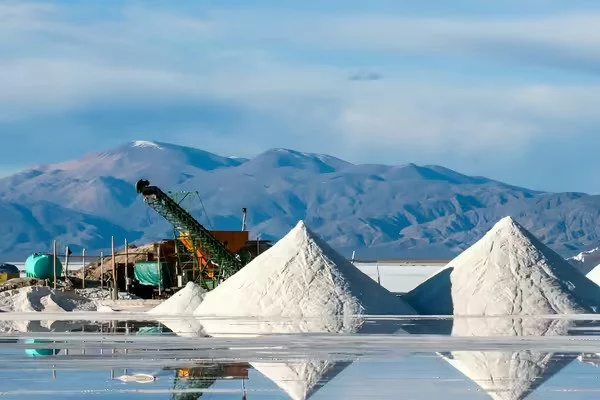Salt can indeed play a key role in the energy transition, particularly in the storage and conversion of energy. One promising application of salt in the energy transition is in the development of next-generation batteries. Sodium-ion batteries, for example, use salt as a key component in their electrolyte solution. These batteries have the potential to be cheaper and more environmentally friendly than traditional lithium-ion batteries, which rely on scarce and expensive metals. Additionally, saltwater batteries have also been developed, which use saltwater as the electrolyte.
Salt, a common ingredient, could play a significant role in the energy transition to lower-carbon energy sources. According to a new study led by the Bureau of Economic Geology at The University of Texas at Austin.
The study explains how large underground salt deposits could be used as hydrogen storage tanks, to conduct heat to geothermal plants, and to influence CO2 storage. It also demonstrates how industries with existing salt expertise, such as solution mining, salt mining, and oil and gas exploration, can assist.
“We see potential in applying knowledge and data gained from many decades of research, hydrocarbon exploration, and mining in salt basins to energy transition technologies,” said lead author Oliver Duffy, a research scientist at the bureau. “Ultimately, a deeper understanding of how salt behaves will help us optimize design, reduce risk, and improve the efficiency of a range of energy transition technologies.”
The study was published in the journal Tektonika.
We see potential in applying knowledge and data gained from many decades of research, hydrocarbon exploration, and mining in salt basins to energy transition technologies. Ultimately, a deeper understanding of how salt behaves will help us optimize design, reduce risk, and improve the efficiency of a range of energy transition technologies.
Oliver Duffy
Salt has a significant impact on the formation of the Earth’s subsurface layers. Geologic forces easily squeeze it into complex and massive deposits, with some subsurface salt structures taller than Mount Everest. According to study co-author Lorena Moscardelli, the director of the bureau’s State of Texas Advanced Resource Recovery (STARR) program, these structures, and their surrounding geology provide a number of opportunities for energy development and emissions management.
“Planning for subsurface hydrogen storage requires the co-location of surface infrastructure, renewable energy potential, favorable subsurface conditions, and proximity to markets,” she said. “STARR is currently working on emerging energy opportunities in West Texas, including hydrogen and carbon capture, utilization, and storage potential for the region.”

Salt domes are trusted hydrogen storage containers used by oil refineries and the petrochemical industry. According to the paper, these salt formations could also be used as holding pens for hydrogen bound for energy production. Furthermore, the porous rock surrounding them could be used as a permanent storage location for CO2 emissions. The study discusses the potential advantages of co-locating “blue hydrogen” production from natural gas and CO2 storage. While the hydrogen is sent to salt caverns, the CO2 emissions from production could be kept out of the atmosphere by diverting them to the surrounding rock for permanent storage.
With its numerous salt domes surrounded by porous sedimentary rock, the Texas Gulf Coast is particularly well suited for this type of combined production and storage, according to the researchers.
The study also touches on how salt can aid in the adoption of next-generation geothermal technology. Although the industry is still in its early stages, the researchers show how it can make use of salt’s ability to easily conduct heat from warmer underlying rocks to produce geothermal power.
According to Bureau Director Scott Tinker, because salt plays a role in the development of new energy resources, it is critical that multiple avenues are thoroughly explored. He stated that the bureau’s researchers are crucial in accomplishing this.
“For decades, Bureau researchers have been studying subsurface salt formations. Because of their role in hydrocarbon exploration, as part of the Strategic Petroleum Reserve, for natural gas storage, and now for the potential to store hydrogen” He stated. “That is the remarkable aspect of great research. It is constantly evolving, improving, and discovering new applications.”
















